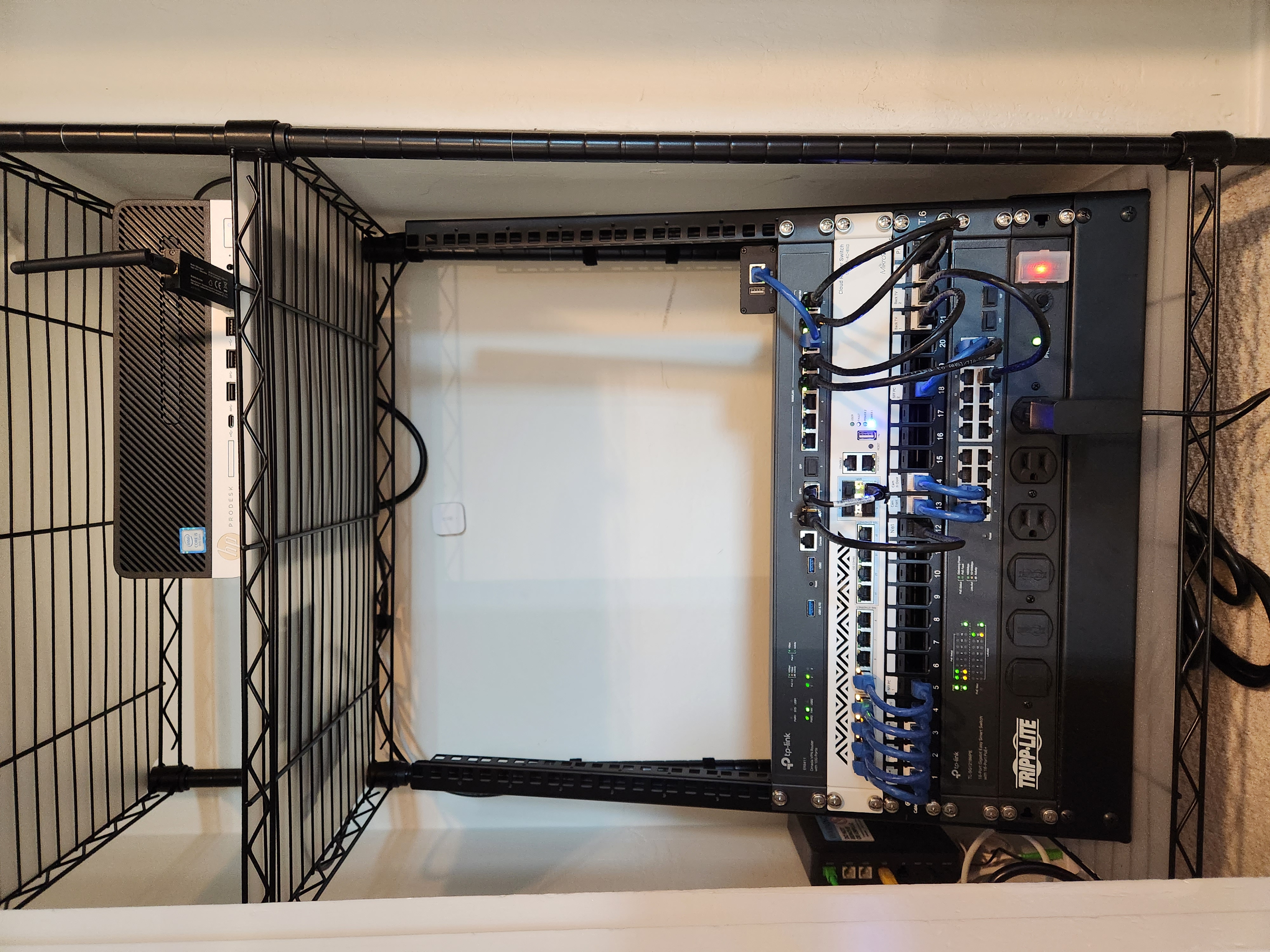The fact that BugMeNot and RetailMeNot grew so huge is interesting. They were created by two Australians, and for a while were only popular in Australia.
Praise be to canned biscuits.
Amen.
but please don't hard-code ~/.config or $HOME/.config. Use the XDG_CONFIG_HOME environment variable, with $HOME/.config as a fallback if it's not set.
Many programming languages have a cross-platform implementation of this built in to their standard library. C# has Environment.GetFolderPath(Environment.SpecialFolder.ApplicationData) which uses XDG_CONFIG_HOME on Linux, local AppData on Windows, and whatever is the correct thing on MacOS (not very familiar with how things work on MacOS)
“To be clear, Kroger does not and has never engaged in ‘surge pricing,’” the statement said. “Any test of electronic shelf tags is designed to lower prices for more customers where it matters most.”
Isn't that the same thing? It doesn't matter if you raise prices on demand or lower them, the outcome is the same - different pricing at different times.
I was thinking "this wouldn't be successful in the USA", and yep, it's in a country with proper workers' rights (Ireland).
No doubt some of the other affected employees in Ireland (35 of them according to the article) will sue Twitter too.
I hate these proprietary systems because companies have very bad track records in terms of maintenance, since they'd rather you buy a newer product.
In 2022, the automaker told drivers of the affected cars, some only three years old, that a technical solution was delayed by the pandemic. Now, more than two years later, those drivers still don’t have access to telematics services. [...] Vehicles from Hyundai and Nissan, some as late as model year 2019, also lost some features after 2022’s 3G sunset.
In a country with good consumer rights, this would be a valid reason to return it and get a replacement or refund: It's no longer offering functionality that was advertised and that you paid for as part of the purchase price.
My favourite part is that the developers that currently own it said:
Someone has maliciously defamed us. We have no supply chain risks because all content is statically cached
https://github.com/polyfillpolyfill/polyfill-service/issues/2890#issuecomment-2191461961
Completely missing the point that they are the supply chain risk, and the fact that malicious code was already detected in their system (to the point where Google started blocking ads for sites that loaded polyfill .io scripts.
We don't even know who they are - the repo is owned by an anonymous account called "polyfillpolyfill", and that comment comes from another anonymous account "polyfillcust".
I'm amused at the fact that Australia doesn't allow convicted felons to enter.
Also doesn't Trump say that USA is #1? Why would he ever want to leave?
and you shouldn't be using any of those, since the order can and will change. The numbers are based on the order the devices and device drivers are initialized in, not based on physical location in the system. The modern approach (assuming you're using udev) is to use the symlinks in /dev/disk/by-id/ or /dev/disk/by-uuid/ instead, since both are consistent across reboots (and by-id should be consistent across reinstalls, assuming the same partitioning scheme on the same physical drives)
This is also why Ethernet devices now have names like enp0s3 - the numbers are based on physical location on the bus. The old eth0, eth1, etc. could swap positions between Linux upgrades (or even between reboots) since they were also just the order the drivers were initialized in.
It's hard because Mozilla need money to survive, and the world needs Mozilla, but it's been hard for them to find a stable source of funding. Mozilla relying on their main competitor (Google) for most of their income is a massive risk. I can understand why they're trying approaches like this, even if the users don't like it.
Does anyone here have a suggestion as to a better way for them to increase their income?
I saw a tweet that said something like "It's amazing that somehow we were only able to produce a single generation that knows how to properly use computers" and now it lives rent-free in my head.

Practically every coupon site does this too though, as do other coupon extensions.